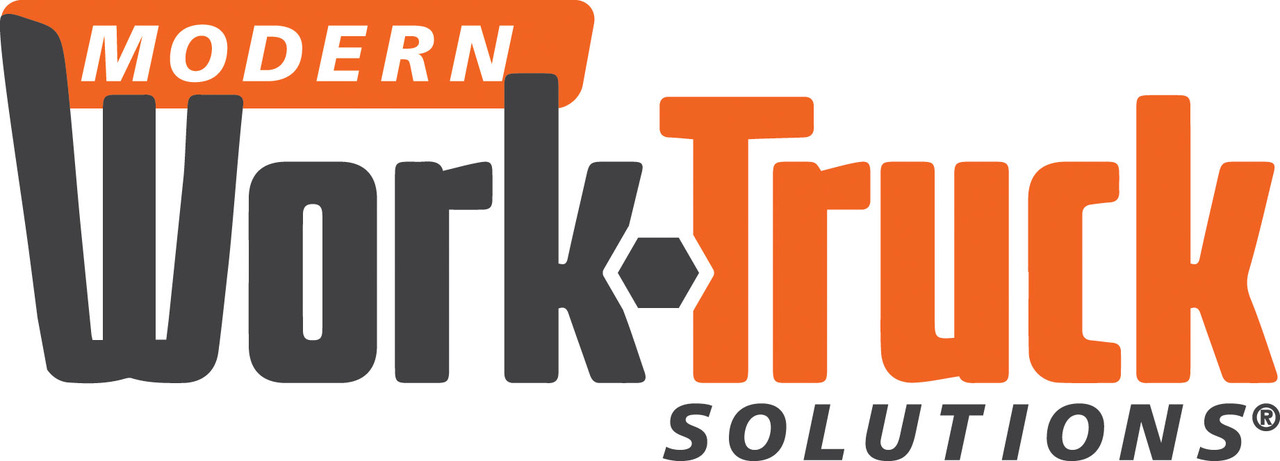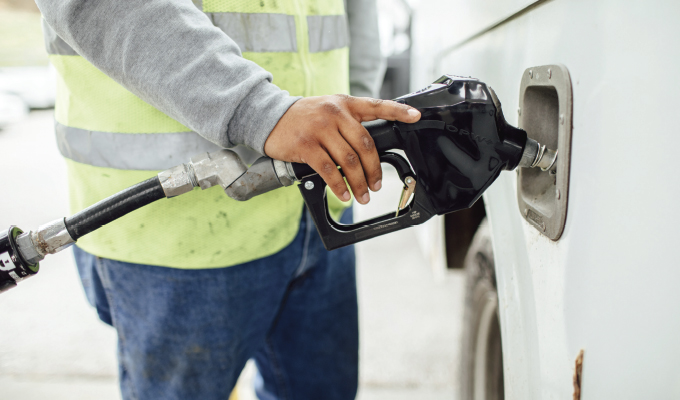photo credit: Fleetio
Fuel management can be one of the more difficult aspects of overall fleet management and fuel typically is number one on the list of high operating costs, taking up as much as 50 percent of the fleet budget.
While you can usually estimate most fleet costs, there are a lot of variables when it comes to fuel: where to get it, how to pay for it, average cost in the operating area, and driver behavior. These factors can make it hard to keep up with fuel trends and account for how much fuel you go through any given year, and without proper fuel data, trying to explain high fuel spend to stakeholders can be a challenge.
Creating a well-defined, well-thought-out fuel management plan can help you get a handle on fuel expenses and shine a light on usage discrepancies so you’re not throwing money down the drain. A few options are available to help manage fuel spend, including being strategic about fueling locations, opting into fuel card programs, purchasing fuel in bulk, being mindful regarding regular maintenance, and keeping an eye on driver behavior.

BUILDING A FUEL MANAGEMENT PLAN
A strategic fuel management plan shouldn’t just focus on cutting costs, it should build a level of flexibility in your budget so you can allocate resources responsibly, such as when you might need to counterbalance the shifting market costs of fuel. Start by assessing your fleet’s unique needs, like routing, asset types, and operational goals, and build from there. If you have fuel data available, assess your fuel spend over a certain span of time, maybe quarterly or yearly, and pick a place to start improving. And it doesn’t have to be everything at once; you can start with specific asset types or routes or even focus on fuel spend per job if applicable.
Wherever you choose to start, keep in mind that there should be a clearly defined goal you’re working toward. Take routing, for example. You may notice that a particular route is leading to excessive idle time and could be adjusted to address that issue. So, you implement the routing change with the goal of reducing idle time by 30 percent and cutting fuel spend for that route by roughly 10 percent. From here, you can set milestones to track the success of the change and encourage driver feedback to surface any unaccounted-for issues the change may have caused. Once you’re relatively happy with the success of the implemented change, you can build on that success on a wider scale.
TIPS FOR CONTROLLING FUEL SPEND
A successful fuel management plan incorporates both operational fuel spend strategies, and direct fuel spend strategies, like using a fuel card. Not every strategy will be the best for every fleet, and some fleets may benefit more from using a combination of strategies. Let’s break down a few of the options available to help you on your path to reducing fuel spending.
- Fueling location and price: Where your drivers choose to fuel up can have a big impact on fuel expenses, but determining the most accessible gas stations in your operating area with competitive median price points can lead to substantial savings.
- Fuel cards with benefits: Fuel cards are a great option for savings and provide the added benefit of fuel tracking to help you spot discrepancies, like fuel purchases exceeding tank capacity. Shop around to find a fuel card with the best discount options, rebates, or perks, and when you find one that fits your needs, you’ll have a simple but effective way to keep fuel spend in check while gaining visibility into every transaction.
- Bulk fuel purchasing: For fleets with more predictable schedules or those making use of onsite fueling, buying in bulk can be a good option. You can estimate your weekly fuel use and lock in a consistent wholesale price with a supplier. While this option may be better for construction or trucking fleets, the opposite may be true for fleets that are smaller or are operating in a more widespread area.
- Regular maintenance and driver management: While regular maintenance is a major aspect of fleet management, it also plays a role in fuel management. Issues like low tire pressure or clogged fuel filters can turn assets into gas guzzlers. Poor driver behaviors, like speeding and excessive idling, can put a dent in an asset’s fuel economy, driving up both fuel consumption and spend. Improving your fleet’s maintenance practices and investing in driver training courses are great ways to tackle these problems.
- Hybrids and EVs: Hybrid vehicles and electrified assets can be a great way to curb fuel costs. Hybrids present a good balance between both operational and fuel efficiency, while electrified assets, though still a bit more costly upfront, can be a good long-term solution.
FUEL DATA TRACKING
Regardless of what actions you choose to address fuel spend, you need to be able to understand how those actions are impacting the fleet and for that, you need access to reliable fuel data. You can get this data through fuel card use, as previously mentioned, but you can also use other fleet solutions, such as telematics, fuel management software, or a fleet optimization platform. These technologies allow you to focus on where inflated fuel spend is occurring and why, whether it’s driver behavior, fueling outside of geofencing parameters, fuel capacity discrepancies, poor maintenance, or if an asset is simply at the end of its useful life.
Fuel management isn’t static, and you may not get everything right on your first attempt to improve your fuel management strategy, so be open to experimenting until you find what works. Remember, you don’t have to overhaul everything at once. Assess your current fuel spend, pick one area to optimize, and track the outcome so you can adjust as needed or, heck, simply measure your success.
about the author
Rachael Plant is a senior content marketing specialist for Fleetio, a fleet optimization platform that helps organizations run, repair, and optimize their fleet operations.





